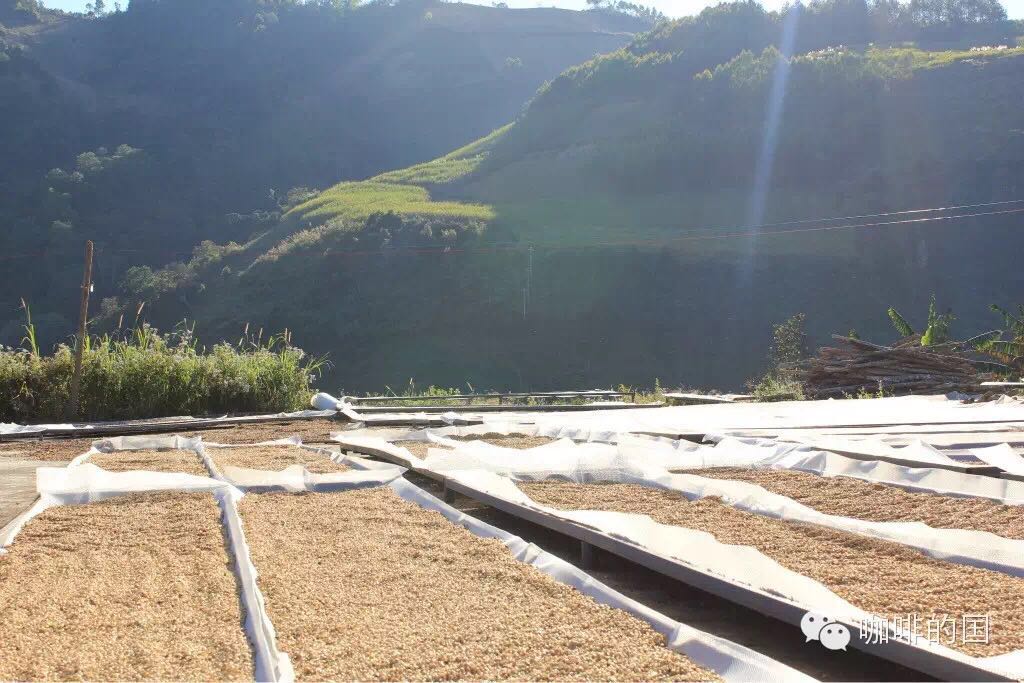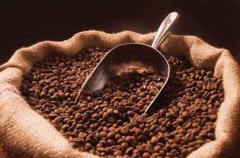An introduction to the main place of Coffee production-- Mexico's Coffee Mercy, the fourth largest coffee producer in the world

Coffee from the world's fourth largest coffee producer, slippery and fragrant, Mexico, the fourth largest coffee producer in the world, produces about 5 million bags of coffee a year. Most of its coffee is produced by nearly 100000 small farmers, and large estates that once manipulated the coffee industry are rare. The yield of Mexican coffee is about 630 kg per hectare. Later, the Mexican Coffee Association (Instituto Mexicano del Caf é, or Inmecafe) took control of the coffee industry. The Coffee Association controls both coffee cultivation and the market for coffee beans that can be exported since November. The association provides farmers with minimum purchase prices, technical advice and other assistance. However, since 1991, the Coffee Association's activities have been reduced and its functions are likely to be further weakened.
The collapse of the coffee agreement (Coffee Agreement) and the disappearance of price support have actually helped some producers by forcing them to develop their own brands and gain closer ties with foreign markets, while the NAFTA agreement between Canada, the United States and Mexico will further help Mexican products export to North America. Some people think that the best giant coffee beans are made in Mexico rather than Guatemala, but the supply and quality of coffee beans in both places can vary. The coffee beans, known as Maragogype, are large-grained and produce coffee that is smooth, mellow and fragrant. The poverty of farmers has caused most coffee to grow under natural conditions, that is, without the use of chemicals such as insecticides or fertilizers.
The best coffee producer in Mexico is Chiapas in the south of the country, where coffee varieties including Tapanchula and Huixtla are grown. The Oaxaca region also produces high-quality coffee beans, of which the Pluma Coixtepec coffee beans, which are grown in natural conditions, are the best. The Oaxaca region also produces Altura Orisaba (Altura Orizaba) coffee and Altura Vatusco (Altura Huatusco) coffee. The Altura Coata Paike (Altura Coatapec) region produces Veracruz (Veracruz) coffee.
Important Notice :
前街咖啡 FrontStreet Coffee has moved to new addredd:
FrontStreet Coffee Address: 315,Donghua East Road,GuangZhou
Tel:020 38364473
- Prev

Ethiopia Yega Ficochel kochere washed G2 boutique coffee Yega snow coffee ripe beans
Ethiopia Washed Yirgacheffe Kochere G2 country: Ethiopia Grade: G2 producing area: Yejia Chuefei Baking degree: shallow Baking method: washing Variety: local Native Flavor: Jasmine Flavor, Lemon, Bergamot, Honey, Black Tea Cochel is located in a small producing area 25 kilometers southeast of Yega Chuefei, Ethiopia.
- Next

An introduction to the Coffee producing area of the World-- Zimbabwe Coffee growing Zinbab
Coffee cultivation in Zimbabwe began relatively recently, in the 1960s, when farmers in southern Africa set up coffee plantations. Coffee production in Zimbabwe: coffee cultivation in Zimbabwe is mainly concentrated in the eastern highlands near Mozambique, mainly in the Chimanimani Mountains and northward in Niyan.
Related
- Does Rose Summer choose Blue, Green or Red? Detailed explanation of Rose Summer Coffee plots and Classification in Panamanian Jade Manor
- What is the difference between the origin, producing area, processing plant, cooperative and manor of coffee beans?
- How fine does the espresso powder fit? how to grind the espresso?
- Sca coffee roasting degree color card coffee roasting degree 8 roasting color values what do you mean?
- The practice of lattes: how to make lattes at home
- Introduction to Indonesian Fine Coffee beans-- Java Coffee producing area of Indonesian Arabica Coffee
- How much will the flavor of light and medium roasted rose summer be expressed? What baking level is rose summer suitable for?
- Introduction to the characteristics of washing, sun-drying or wet-planing coffee commonly used in Mantenin, Indonesia
- Price characteristics of Arabica Coffee Bean Starbucks introduction to Manning Coffee Bean Taste producing area Variety Manor
- What is the authentic Yega flavor? What are the flavor characteristics of the really excellent Yejasuffi coffee beans?

